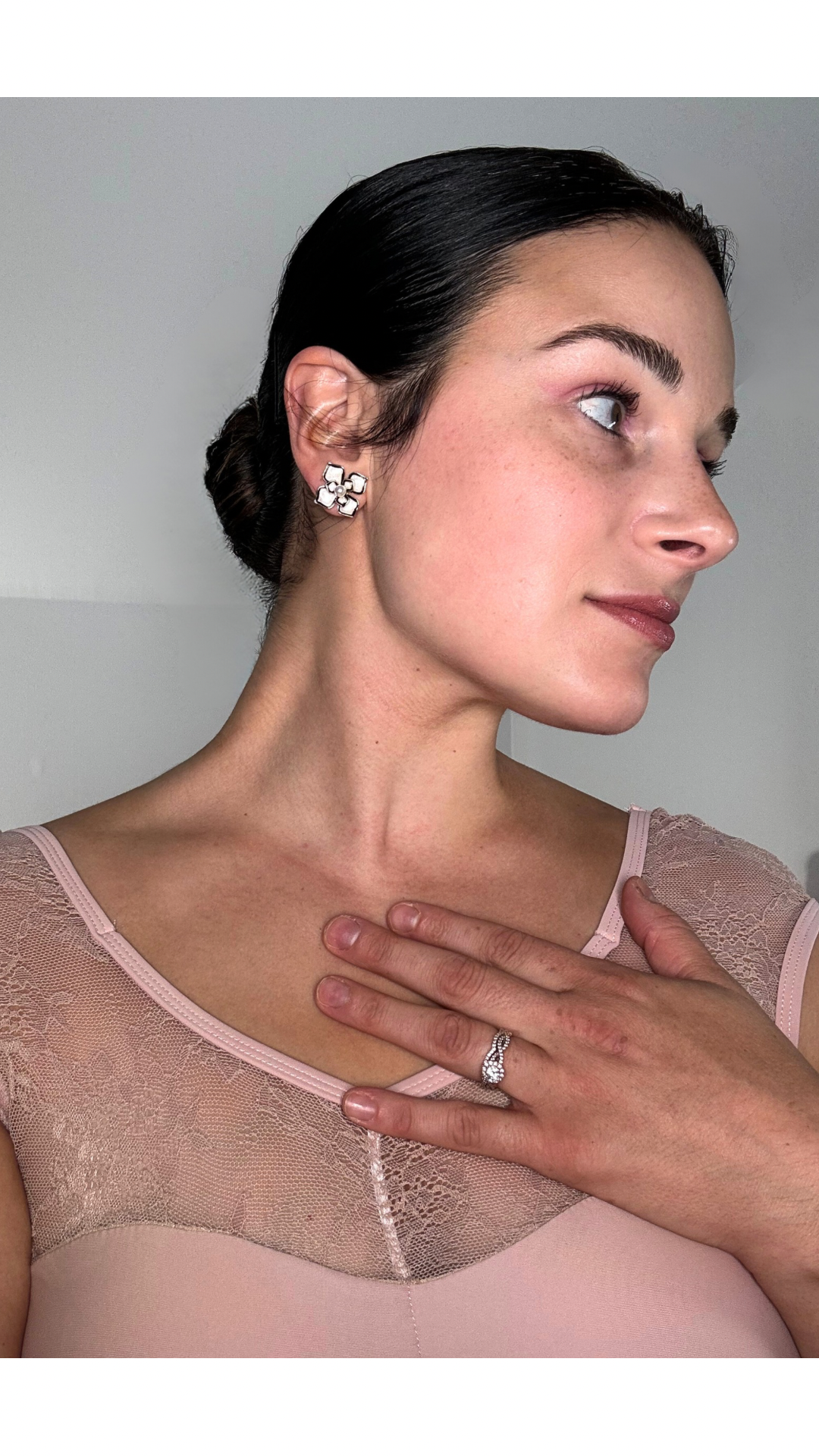Should I stretch for longer than 30 seconds?
- Veronica K

- Mar 13, 2023
- 4 min read

Stretching is a highly focused on topic in the world of dance. Even I remember when I was younger, my teacher mandatory had us hold splits for 1 to 2 minutes at the end of each class. I never thought anything of it until I went to school for physical therapy.
First off, "Why do muscles become tight?"
Muscles can become tight for a few different reasons. They can become actively tight (from a muscle contraction or spasm) or they can become passively tight (scar tissue, poor habits). But, the reason we often forget about is that muscles can also become tight due to instability and weakness in the body. 1 The muscle will tighten as a response and contract in attempts to stabilize where the dancer is weak.
Second, "What are the different types of stretches?"
When you ask a dancer "what is a stretch?"Most will probably demonstrate a static stretch. Static stretches are stretches that are held at end range of motion and held in place without movement. These types of stretches are wonderful for decreasing lactic acid accumulation, scar tissue, and postural imbalance but, they should be done AFTER CLASS. When static stretches are done before class they actually decrease the contractile force of the muscles. This means you're more likely to feel like a floppy noodle with less stability in your body. You might personally feel like you NEED to stretch statically before class but, there are alternative ways to feel the increase range of motion without decreasing contractile strength.
Dynamic stretches are what is often misunderstood and ignored by dancers. Dynamic stretches are stretches that reach end range but, do not hold for prolonged periods. They are movement based and help warm up and lengthen the muscle without decreasing force of the muscles. These types of stretches will make you feel lengthened without feeling weak before class. Great examples of these stretches are: toy soldiers, hip CARS, spinal mobility rolling, hamstring/psoas mobility lunges, and pretty much any other stretch that is moved through without holding.
Contraction or PNF (proprioceptive neuromuscular facilitation) stretches. While these stretches are great they should also be used after class for best results. In simple terms, this type of stretch is when you take a limb to near end range (but, not end) and you progressively contract and relax your muscle while moving it closer to end. This helps relax the muscles and actually will deepen the stretch. That was an oversimplification of what PNF stretching is and please watch more of my videos to learn exactly what the technique is before trying it on your own. You can find more about these stretches in my extensions course with my extensions stretches routine. Click here to go to courses page.
"So, what are safe stretching parameters and guidelines?"
American College of Sports Medicine recommends static stretches should be performed after activity or active warm up and performed 2-3 times per week in order to achieve optimal results. 2
Stretches should be held for durations of 15 to 30 seconds each side and repeated about 2 to 4 times to reach optimal end range length of the muscle. I always do 30 seconds right side, 30 seconds left side and continue the cycle switching for about 3-4 rounds. 2
Other findings report that athletes that are involved with running or jumping activities benefit most from dynamic stretch warm up routines before activity and static stretches after activity. 1
Studies have also shown that after 30 seconds there is actually no more appreciable length gained in the stretch. It may actually cause the muscle to contract and tighten as a protective mechanism response. That is why we suggest taking breaks and repeating intervals vs. long duration holds.
In some circumstances such as stroke, elderly, and other rehabilitative processes you may hear of stretch parameters being held for 40-60 seconds. However, this is highly dependent on diagnosis, age, and condition and is NOT recommended for athletes before any type of athletic activity. 1
"What research is there that static stretching will effect performance before dance?"
In a study performed, athletes were asked to perform static stretches before and after activity and performance of these athletes were measured afterwards.1
Results concluded that static stretching (SS) before activity significantly decreased performance and the duration of how long the athlete held the stretch was not significant.1 This in more understandable language means- even if you hold a static stretch for 15 or 10 seconds before you go take dance class, it's still going to decrease the contractile force you output and the ability to perform solid technique.
"So, what's a good plan for me as a dancer to maximize my range of motion and decrease risk of injury?"
Start the class by performing a dynamic stretch warm-up for about 4-5 minutes
Perform your class
End class by integrating contract relax stretching and static stretch holds for durations of 15-30 seconds each side and repeating 3-4x each side
Note: I recommend 15 second intervals for those muscles that are tightest because in my experience working in the clinic, I found that people tighten up and fight against the stretch more near 30 seconds if they're super tight.
I hope this has helped you realize safe and effective parameters for your stretching habits as a dancer. If you're a dance educator, I hope that you will consider integrating this into your technique classes to help dancers reach their optimal potential safety.
Please feel free to always email me to ask questions veronicakplatform@gmail.com
Remember! I do have a stretching, mobility playlist as well as a step by step splits/flexibility course on the platform available. Sign up here!
Resources:
1
Page P. Current concepts in muscle stretching for exercise and rehabilitation. Int J Sports Phys Ther. 2012 Feb;7(1):109-19. PMID: 22319684; PMCID: PMC3273886.




Comments